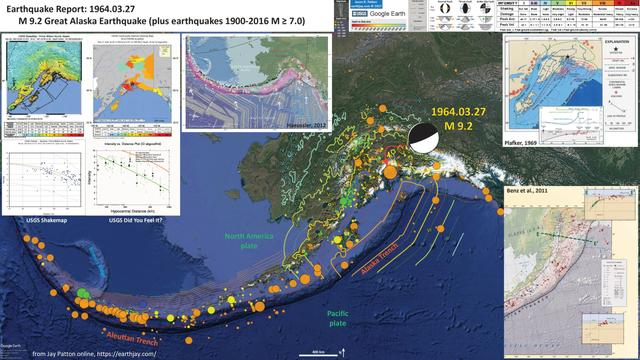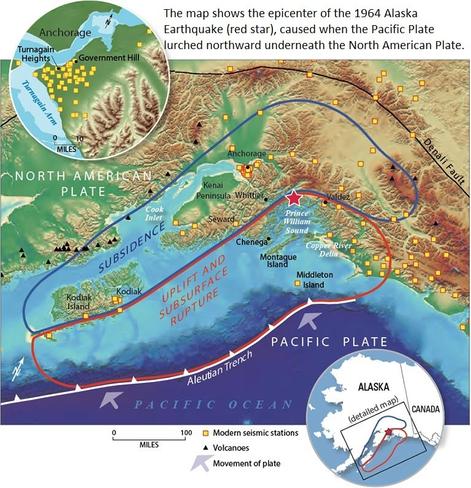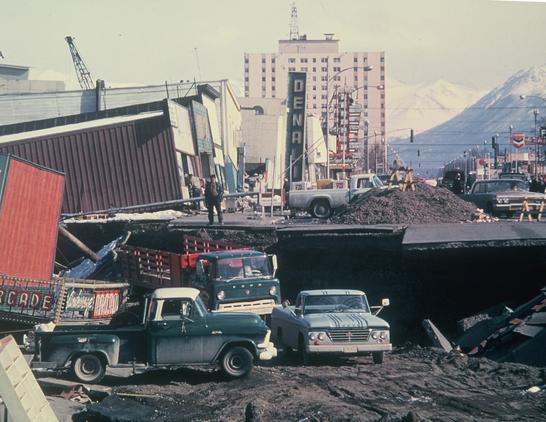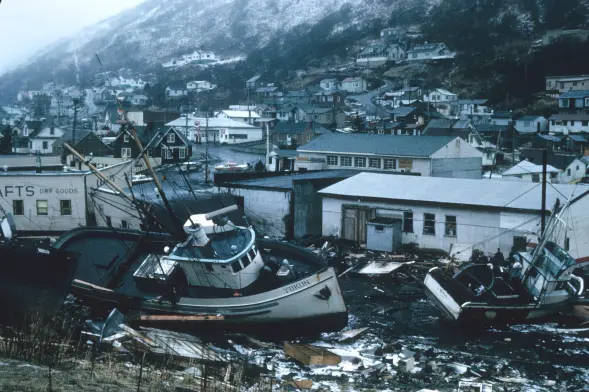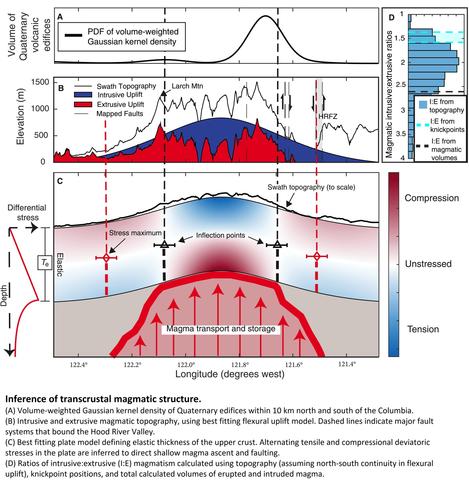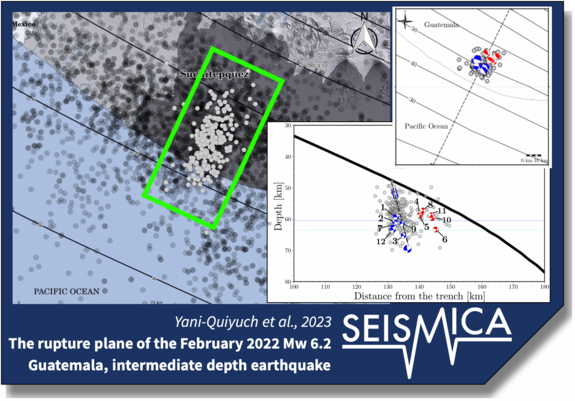News blips: Havana syndrome evaporates and headlines burn up about plate tectonics
Today I have two news clips to share that should teach us some lessons. Lessons are only learned if you can withhold your biases, employ some critical thinking, and pay attention to blatantly silly attempts to get you to be scared and click on stuff.
Cause of Havana syndrome evaporates
I’ve been following stories about “Havana syndrome” since it emerged in 2016. At that time, I was doing the podcast, 15 Credibility Street, and it seemed really obvious even at that time that this condition, where government officials and military personnel were experiencing sometimes vague but serious symptoms associated with what they thought was a directed weapon, was at least to some degree a psychological illness brought on by stress. But the headlines grabbed attention by highlighting the threat of a secret, hidden weapon that could target individuals and then disappear without a trace.
The first serious study of those who suffered from it didn’t find anything notable regarding brain injuries, however, the researchers speculated that the victims suffered injury to the brain network that resulted in the symptoms. The study was roundly criticized, particularly when one of the researcher, followed by others who wanted their opinions heard, irresponsibly promoted the idea of a microwave or sonic weapon. Far less attention was given to experts in technical weaponry, who insisted there was no such technology.
As the years went by, even though more people claimed to suffer from the condition, the effort to pin down a specific cause faltered. Every day that went by with no evidence of a smoking gun means that the proposed mystery weapon conclusion is likely wrong. All signs always pointed to mass psychogenic illness, a serious condition that can have devastating results. We have many solid cases of mass psychogenic illness throughout history, yet it remains an unsatisfying, misunderstood and strongly stigmatized diagnosis that inevitably is rejected by the victims, and the public.
At the same time as the emergence of Havana syndrome, another rather clear example of mass psychogenic illness was winding down – the case of mass “hysteria” in a school in Leroy, New York. Many teen girls in a Leroy school suffered from involuntary motor and vocal tics that resembled those associated with Tourette syndrome. An environmental cause was suspected. But, again, there wasn’t one found. The problem was coming from inside the patient herself. Almost no one was satisfied with that answer.
Our history of mass psychogenic illness was never learned. Thus, Havana syndrome, later named with an acronym to dissuade the political insinuations, marched on in the public view as having a threatening mystery cause.
Today, additional news is out regarding Havana syndrome as two more papers are out that should dissolve the idea of a secret weapon. This thorough study produced findings of no physical causes for the condition.
Using advanced imaging techniques and in-depth clinical assessments, a research team at the National Institutes of Health (NIH) found no significant evidence of MRI-detectable brain injury, nor differences in most clinical measures compared to controls, among a group of federal employees who experienced anomalous health incidents (AHIs). These incidents, including hearing noise and experiencing head pressure followed by headache, dizziness, cognitive dysfunction and other symptoms, have been described in the news media as “Havana Syndrome” since U.S. government personnel stationed in Havana first reported the incidents. Scientists at the NIH Clinical Center conducted the research over the course of nearly five years and published their findings in two papers in JAMA today.
“Our goal was to conduct thorough, objective and reproducible evaluations to see if we could identify structural brain or biological differences in people who reported AHIs,” said Leighton Chan, M.D., chief, rehabilitation medicine and acting chief scientific officer, NIH Clinical Center, and lead author on one of the papers. “While we did not identify significant differences in participants with AHIs, it’s important to acknowledge that these symptoms are very real, cause significant disruption in the lives of those affected and can be quite prolonged, disabling and difficult to treat.”
Nat Institutes of Health press release, March 18, 2024
This was a valid attempt made to find a physical cause, as were the other studies that actually found no cause either. It’s not there to be found. This should mean the case is closed. But I suspect it won’t be.
The government spent considerable funds attempting to address the syndrome, even to the point of moving ahead with funding a study involving animal research to try to replicate the condition. In light of the current findings, it is unethical to continue any research into physical causes of the condition. There is likely not one single cause of the symptoms.
Notably, the body of evidence always pointed away from the idea of a targeted weapon. But that didn’t stop certain bigmouths from hyper focusing on some facts and ignoring others, hyping their dramatic cause. The media amplified this erroneous view, which was reprehensible. The lesson is to double-check the original sources, not only what the media puts out. Even legitimate experts tripped themselves up on this in an effort to be in the news and gain attention. To get the full story, you have to critical examine several good sources. I hope the result of this awful period of American history is that more people heard of and will ultimately accept the concept of mass psychogenic illness so we can recognize it and act more appropriately the next time it arises. (But I doubt it.)
Atlantic Ocean news conflagration
The second story follows from the first, where writers used a deceptive and stupid headline to mislead readers into believing another catastrophe is around the corner. I wonder if some Chicken Little is running around yelling that the ocean is closing…
The real news: Researchers using advanced modeling tools showed that the existing Gibraltar subduction zone, which many thought was dormant, may evolve in the geologic future and reactivate, expanding into the Atlantic Ocean and possibly creating a tectonic condition that will eventually close the ocean basin beginning around 20 million years from now.
That’s pretty interesting stuff. It’s only a model, though, but it can help geoscientists understand more about plate tectonics and how subduction zones form. Subduction zones can produce massive earthquakes and lines of volcanoes. The Pacific Ocean is becoming smaller every millennia as the ocean crust is subducted under the continental plates, forming the “Ring of Fire” of volcanoes and seismic zones.
Earth.com: The Atlantic Ocean may soon enter its declining phase
How did some ridiculous media interpret this new finding? Stupidly, of course. (Good old Daily Fail takes the prize with worse headline.)
That’s just great. Look, we have enough actual calamities to deal with. There is no excuse for scaring people over a geologic event that isn’t going to be an issue for another 20 million years. I suspect the ongoing news about Icelandic eruptions means that people, including journalists with no science background, have scary-looking eruptions on their minds.
At least people might be learning something about geology if they are clicking on these headlines. If people are only reading the headlines, however, which most do, they are becoming remarkably dumber from the news because they will assume things that aren’t actually factual. I’m sure the researchers hate this. I know I do.
#anomalousHealthIncidents #AtlanticOcean #HavanaSyndrome #massPsychogenicIllness #massSociogenicIllness #plateTectonics #ringOfFire #subductionZone
https://sharonahill.com/?p=8470




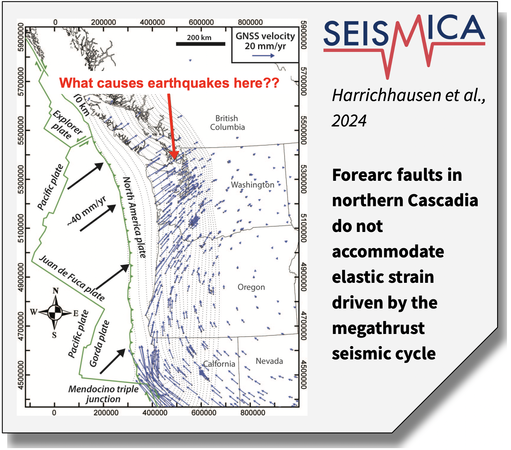

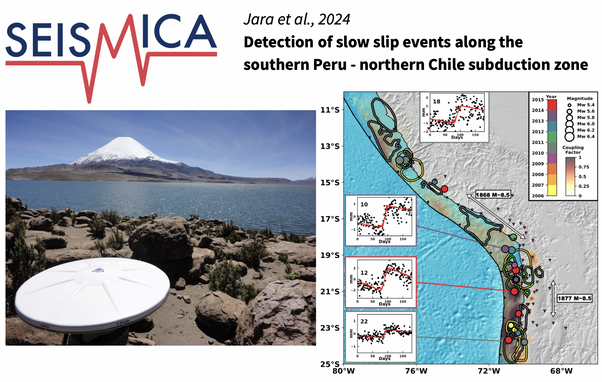

![geologic map - Geologic map of the Raukumara peninsula with the position of [their] rock samples](https://files.mastodon.social/cache/media_attachments/files/112/482/289/063/156/896/small/b13328c1a4d0d10b.jpg)


